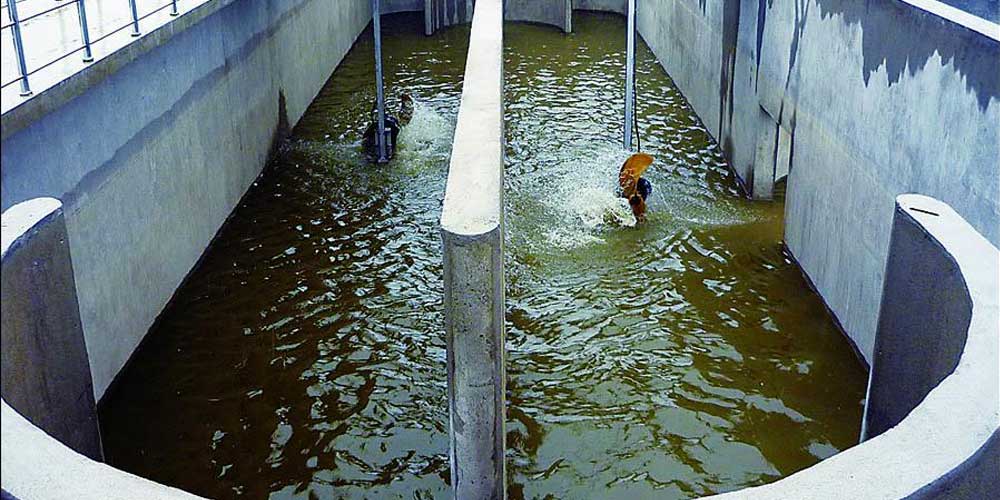Polyacrylamide (PAM) flocculant is a chemical substance widely used in water treatment processes to improve water quality and enhance the efficiency of various treatment methods. This versatile polymer has gained popularity for its ability to remove impurities and suspended particles from water, making it a crucial component in addressing water pollution and ensuring safe and clean water for various applications.
1. Flocculation Mechanism:
PAM is known for its exceptional flocculation properties. In water treatment, flocculation refers to the process of bringing together colloidal particles to form larger, easily settleable flocs. PAM achieves this by neutralizing the negative charges on particles, promoting aggregation, and forming larger, heavier particles that can be easily separated from the water.
2. Enhanced Sedimentation:
The primary role of PAM in water treatment is to enhance the sedimentation process. By promoting the formation of larger flocs, PAM facilitates the settling of suspended particles, sediments, and impurities in water. This results in improved sedimentation rates, allowing for more efficient removal of contaminants and clearer water.
3. Clarification of Water:
PAM is particularly effective in clarifying water by removing turbidity and suspended solids. Its flocculation capabilities contribute to the formation of larger and denser flocs, which settle more rapidly, leaving the water clear and free from visible impurities. This is crucial for applications where clear water is essential, such as in drinking water treatment and industrial processes.
4. Soil Erosion Control:
Beyond water treatment, PAM is also used in soil erosion control. When applied to soil, PAM forms a bond with particles, increasing their cohesion and reducing the likelihood of erosion. This application is valuable in agriculture, construction, and land reclamation projects, where preventing soil erosion is crucial for maintaining soil fertility and preventing environmental degradation.
5. Optimization of Coagulation:
PAM can be used in conjunction with coagulants to optimize the coagulation process. Coagulants destabilize particles in water, and PAM aids in the formation of larger flocs, improving the overall efficiency of coagulation. This synergy leads to better water treatment results, especially in the removal of fine particles that may be challenging to eliminate through coagulation alone.
6. Cost-effective Water Treatment:
The use of PAM in water treatment is cost-effective due to its ability to enhance the performance of other treatment chemicals and processes. By improving the settling characteristics of particles, PAM reduces the need for excessive amounts of coagulants, resulting in cost savings for water treatment plants and industries involved in water purification.
In summary, PAM flocculant plays a pivotal role in water treatment by promoting flocculation, enhancing sedimentation, and clarifying water. Its versatility extends beyond water treatment to include soil erosion control, making it a valuable tool for addressing environmental challenges. The adoption of PAM in water treatment processes reflects its efficacy, cost-effectiveness, and contributions to ensuring access to clean and safe water.
Post time: Jan-09-2024

